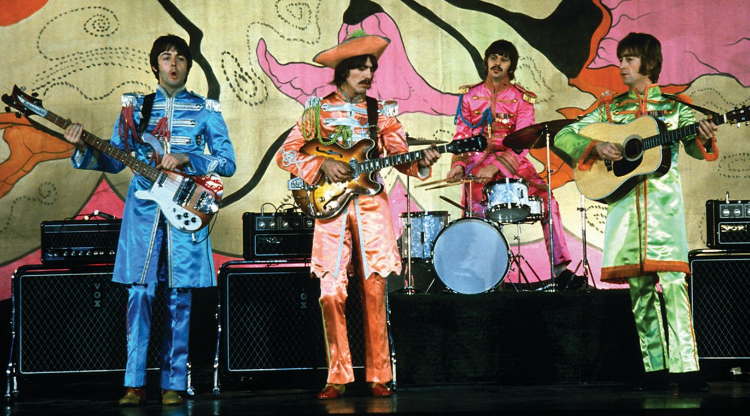Tag: brand personality

Building a Brand: A How-to Guide for a Small Business Image
As marketing types, we confess to having a visual bias when it comes to the expression of creative branding. We tend to experience a brand primarily through our eyes, by watching how it draws us into its world. And when we’re working with clients on building brand projects, one of our first steps is to create…
Improve a Memorable Brand: 7 Original Ways To Continue Improvement
Are you looking to improve a memorable brand? We often get new client inquiries for help with improving their brand. Depending on the business, and where it is in the life cycle, that can be a tall order. Making promises and keeping them is a great way to build a brand. Seth Godin Neil…
Losing Brand Attention: Simple Action You Can Take To Prevent It
Do you express feelings and emotion often with your customers? Are you aware of the ways you are losing brand attention? Well, remember this: the more feelings and emotion you express, the more attention to your brand. And the more influence it can create. Not rocket science is it? But without it, you will be…

What We Can Learn from the Beatles Brand?
David Freemantle once said: Feelings have a critical role in the way customers are influenced. And the more feelings and emotions you create, the more attention to your brand. And the more influence it can have. Who are the Beatles? Not rocket science is it? I am a baby boomer and grew up under the…